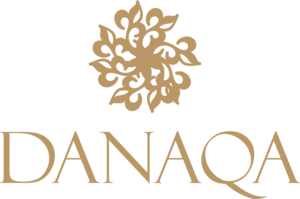2015 is the European Year for Development and the EU has themed each month to highlight the different issues that development faces.
August is the month of Humanitarian Aid, as described on the EU website as,
‘Natural disasters, wars, and conflicts can have devastating effects on civilians, depriving them from the basics of subsistence like food or electricity, sometimes overnight. Humanitarian aid ensures the very survival of the affected populations after a crisis hits by responding to basic needs such as food, shelter, clean water or physical protection. European humanitarian aid is unconditional. It is there for anyone who needs it, regardless of race, ethnicity, religion, gender, age or political beliefs. It is about human dignity, not about politics.’
It seems that we are facing more humanitarian crisis’s than ever but as history has proved it is in times of crisis that we as humans naturally come together to help and support each other.
In one article on the EU website entitled, ‘Europeans show increasing support for EU humanitarian aid’, we can see that European’s support of humanitarian aid has increased, with 9 out of 10 citizens supporting EU-funded humanitarian aid.
"The solidarity of Europeans gives hope to hundreds of millions of people around the world who need aid for their very survival amidst conflicts, displacement or natural disasters. I am proud of the strong support of our citizens for Europe's humanitarian work: it drives our Union to keep being a force for good in this increasingly complex world," said Christos Stylianides, EU Commissioner for Humanitarian Aid and Crisis Management.
Another article highlights how creativity, innovation and resourcefulness are strong characteristics that can help people through times of crisis. ‘Creativity in the face of adversity’ talks about ‘Humanitarian Innovation’, as communities use creative problem-solving and entrepreneurship to help improve situations. It gives the example of Jordan's refugee camp, Za'atari, which currently hosts nearly 83,000 Syrians.
‘With limited resources, Syrian innovators have managed to adapt the camp in many ways. For example, removal men have created wheels to move the ‘caravan’ homes (provided by the international community) around the camp – a market demand created by families and former neighbours who want to live close together again. Residents of Za'atari are clearly making great efforts to rebuild their identity in this new setting. In many of the homes we visited there was a clear sense of the way in which material innovations can contribute to attempts to reconstruct social and cultural norms from Syria.’
As 2015 is the EU Year of Development we cannot look at humanitarian aid issues without considering the relationship it has with development aid. For a more efficient and sustainable future for developing countries and communities there needs to be a clear and effective channel of communication and strategy between humanitarian and development aid agencies so that communities can rebuild and move beyond the survival needs of basic food and shelter after a crisis, as stated by Michel Gabaudan in his article ‘From emergency aid to development aid: agencies are failing to connect,’ in The Guardian,
‘…this failure to bridge the gap from humanitarian to development assistance can prevent people from rebuilding their lives. The human toll of conflicts and disasters is too high as it is. What the world needs is an aid system that can respond quickly to those crises, and provide effective development assistance – and seamlessly bridge the two so that no more lives are threatened.’

